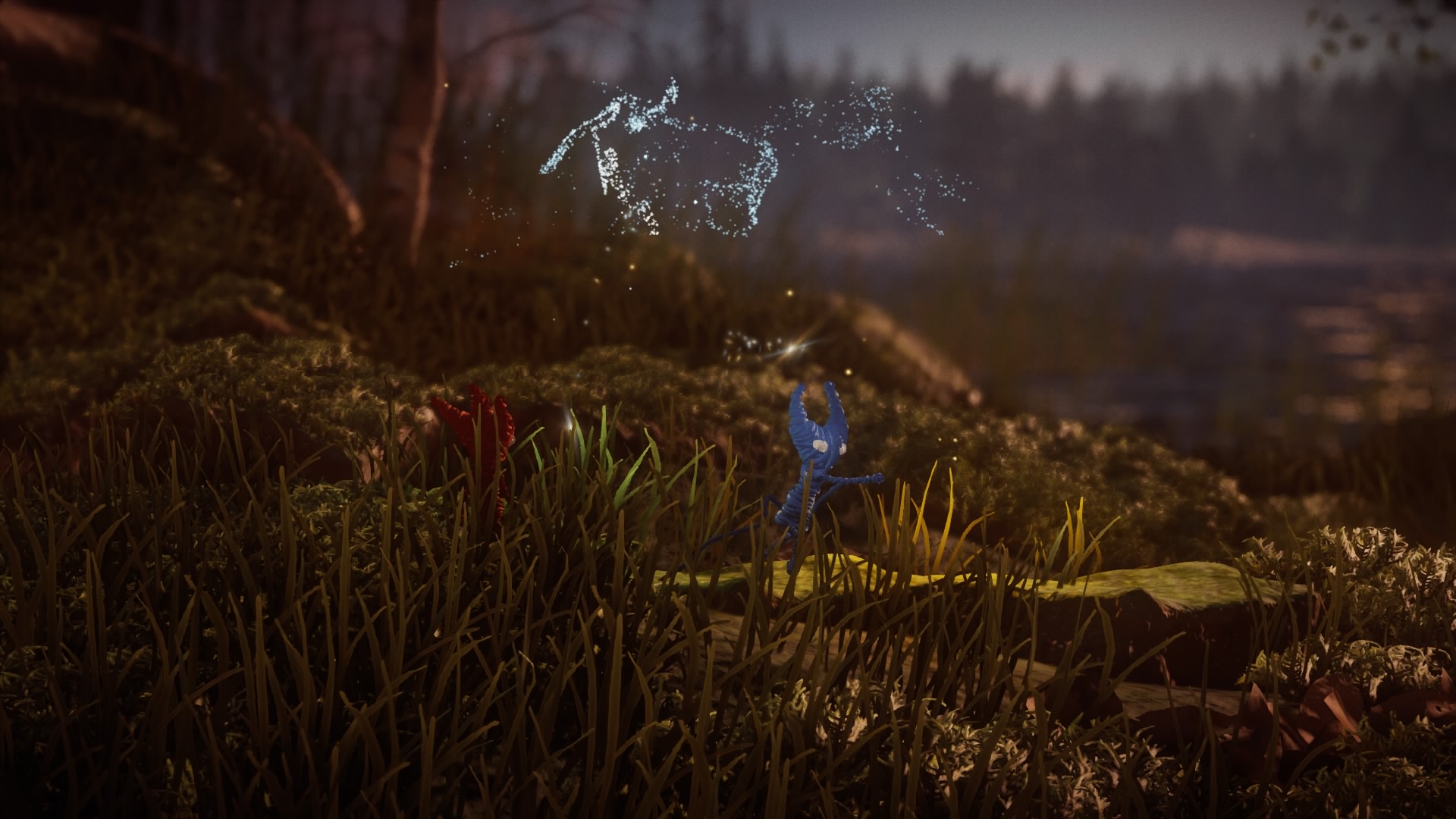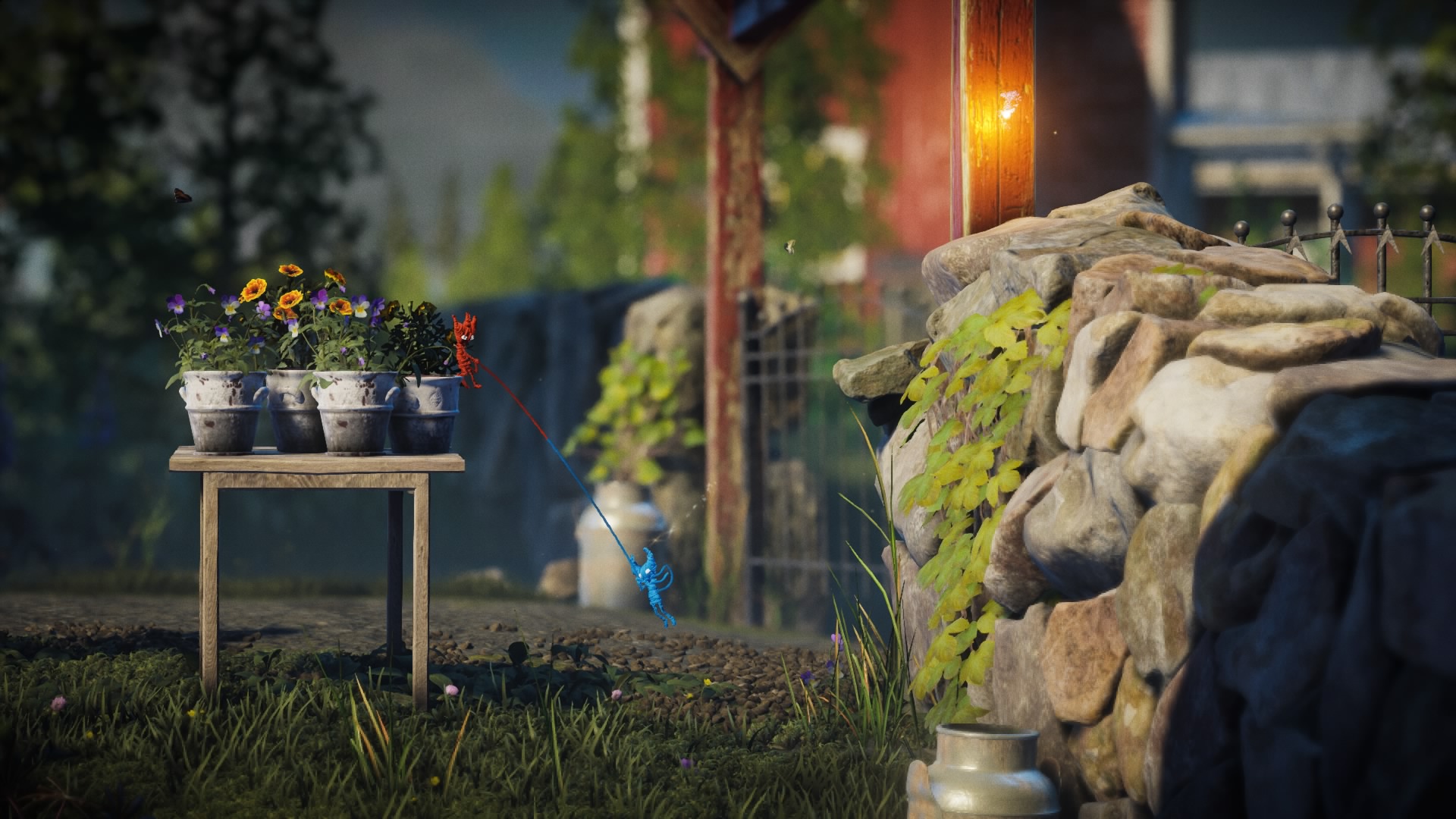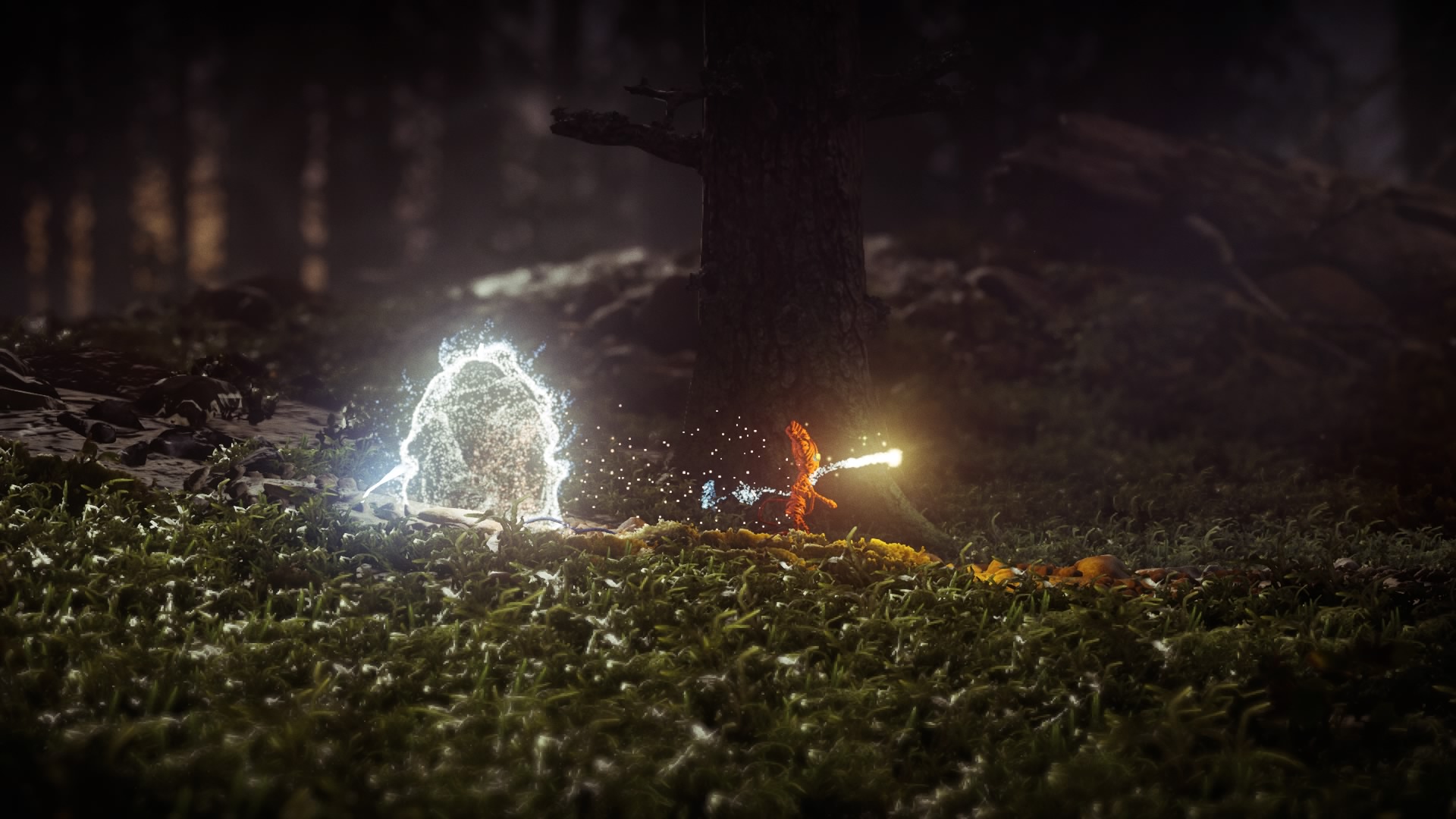Unravel Two review
Twice the twine pulling on your heartstrings.

During EA’s 2015 E3 press conference, Creative Director of Coldwood Interactive, Martin Sahlin, nervously took the stage to announce that his little studio from Sweden had been working on a puzzle-platform game about love and separation. Halfway through the talk he memorably reached into his jacket, hands shaking with anticipation to reveal Yarny, a small, red animated ball of yarn. Now, two years later Yarny has returned and this time he’s brought a friend.
It’s clear from the beginning of Unravel Two that this is a departure from the original game’s formula as you’re introduced to your new partner in twine during the opening scene. Bound together by your respectively blue and red twine, this time it’ll be a joint effort to explore the memories presented to you and solve the puzzles that block your path.

Of course, you’re now wondering if this game requires two players and the answer to that is no it doesn’t. Unravel Two is perfectly balanced to allow one player to control both characters at no penalty in terms of your ability to solve the puzzles and progress. Obviously, as a game that has the option for joint play, it’s an ideal opportunity to find a friend or significant other to enjoy the non-competitive and thoughtful gameplay with. Should you need to though, you can merge both Yarnys into one to make getting around less of a chore for a single-player – although there are times throughout the game when you have to separate to complete certain puzzles.
This, of course, means new mechanics and there are a lot of them. Gameplay now centres on your ability to think as a team and rely on your buddy to help you overcome the game’s obstacles instead of the environment. You can use your fellow Yarny as an anchor point to swing, a counterweight to climb the unreachable and even utilise them as a distraction from overly friendly wildlife. Each puzzle is very much a joint effort with the often complex scenarios of the first game exchanged in favour of a more interactive approach to puzzles.

The game also features a refreshing approach to the issue of accessibility that offers a slew of options to adjust the difficulty and gameplay mechanics. These range from the ability to adjust the number of hints you get to the subtler slow-motion mechanics that give you more time to align your jumps and avoid obstacles. Of course, you can turn all these supporting factors off, but it’s nice to see a developer consider its player base’s wide diversity in skill level and accommodate for it.
Unravel Two’s seven levels are accessible through an interactive hub where you slowly unlock access to more content as you explore what is a derelict lighthouse. Beyond the main story, which is relatively short, you also have a number of challenges that are significantly harder than the primary levels. There’s some real fun to be had figuring out the more complex, timing based puzzles the challenges present.
Things like the dual checkpoint mechanics, reminiscent of Thomas Was Alone, add another layer to the traditional puzzles, tasking you with separately reaching a certain point with each of the two Yarnys you control. You’re also occasionally confronted by black smoke-like entities that disintegrate you on contact like one of Thanos’ chosen. This adds more platform-oriented gameplay that sees you bouncing off walls and timing jumps like some kind of Italian plumber.
It seems like there was somewhat of a sacrifice for the developers with Unravel Two. The slow and personal approach of the first game was exchanged for something faster and more engaging. You don’t really have time to soak in the environments like the original, with the settings often taking on darker tones as well as the memories you retrace.
It’s certainly an improvement in the platforming department, as you can now wall jump, wall slide and generally bound around like a parkour expert. Faster pace chase sections now replace the slow, reflective walks to the next puzzle area of the previous title, with even Yarny himself represented no longer as a unique individual.

It seems the Yarny we all met at E3 2015 was merely one of many. The sequel alludes to the idea that there are multiple Yarnys, each with their own characteristics. This is reflected in the ability to edit your player character at any time in the menu with a variety of options allowing you to transform your Yarny. You can change colours, gender, facial features and even eyes, should you choose. Yarny can use emotes now as well, clapping and dancing around at your command. In this sense, it’s a less focused, broader stroke at the puzzle-platform genre in comparison to the heartfelt story of personal loss the original told.
It gains other attributes through its transformative resurrection, though. Belonging and friendship take centre stage in this story of joyous cooperation. It’s lost none of its polish in this process and still looks borderline photorealistic in parts, but the tranquil vistas have been swapped out for a greater focus on interior level design and an overall darker tone to the nature spots you explore. It’s less focused but still serves as an excellent opportunity to relax and unwind to the melodic music and smooth, responsive gameplay where nothing presents the kind of challenge that makes you sit upright.
Unravel Two may have lost its cathartic charm but in its place, you’ll find refined mechanics more befitting to its genre. It’s well worth a look for any fans of the original or those looking for their latest couch co-op fix after finishing A Way Out.

